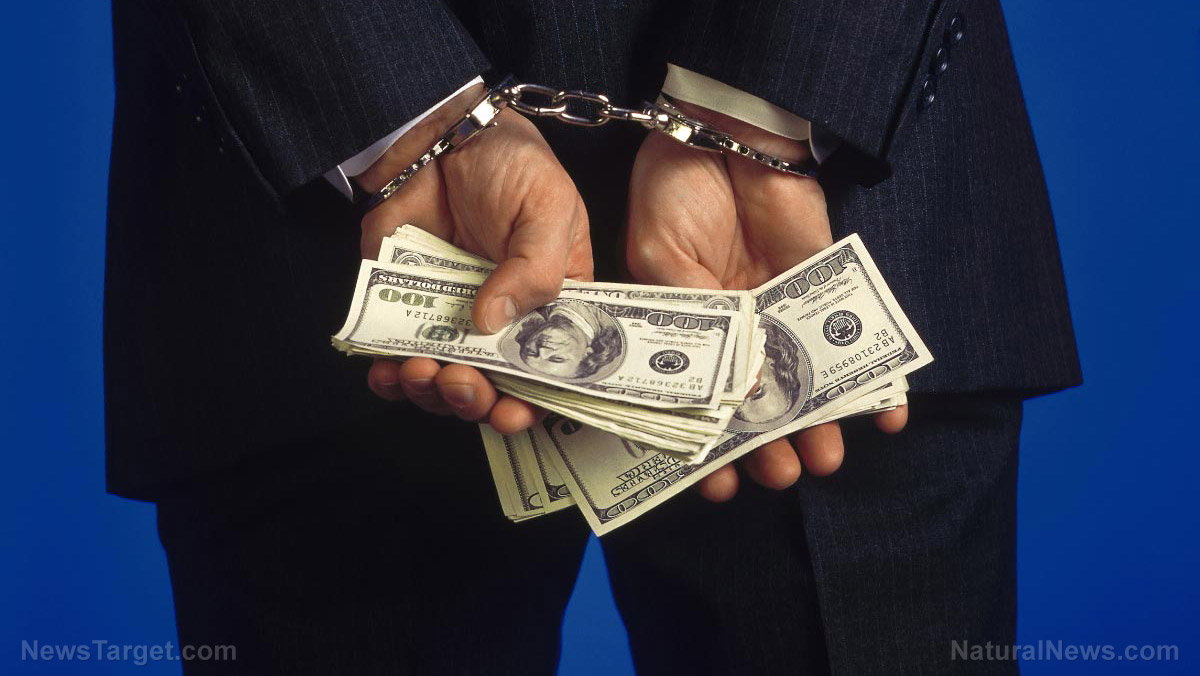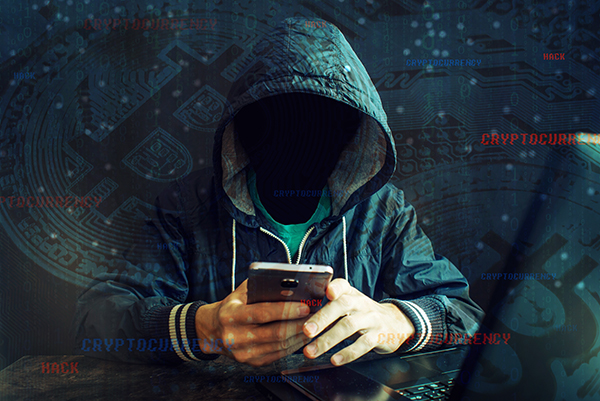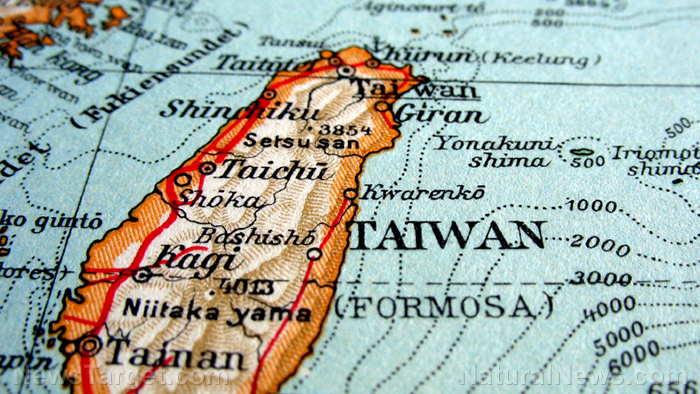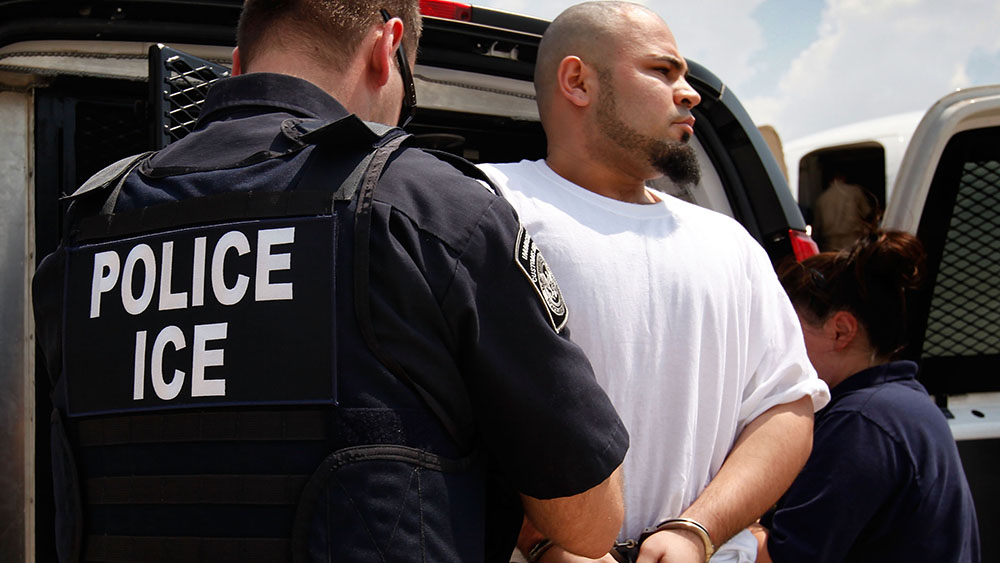 Parler
Parler Gab
Gab
- Up to $784 billion of the $800 billion allocated to the Paycheck Protection Program (PPP) may have been obtained fraudulently, marking one of the largest cases of taxpayer-funded fraud in U.S. history.
- Around $200 billion (17% of funds) in PPP and EIDL programs went to potentially fraudulent actors; EIDL fraud exceeded $136 billion; and 69,323 suspicious Social Security numbers were used to siphon funds.
- The SBA failed to implement basic safeguards, such as real-time income verification and cross-agency data checks, allowing fraudsters to exploit loopholes.
- About 2 million potentially fraudulent applications remain uninvestigated due to poor data. Only 5 billion of the $200 billion lost to fraud has been recovered.
- Experts demand stricter verification, AI-driven fraud detection and harsher penalties to prevent future abuse in emergency spending programs.
The scale of the scandal: Billions lost, few consequences
The Small Business Administration (SBA), tasked with distributing pandemic aid, approved $1.3 trillion in loans and grants under the CARES Act of 2020. But lax verification processes allowed fraudsters to exploit the system with shocking ease. According to the inspector general’s report, at least 17% of PPP and COVID-EIDL funds — $200 billion — were disbursed to potentially fraudulent actors. The fraud estimate for the EIDL program alone exceeds 136 billion, representing 33% of its total spending, while $64 billion was illicitly obtained from the PPP. Earlier SBA estimates had suggested much lower fraud figures — $86 billion in EIDL and $20 billion in PPP—but investigations have since revealed a far more alarming reality. PRAC identified 40,000 cases where applicants "significantly misrepresented their incomes," securing $860 million in fraudulent loans. One brazen example: An individual claimed a 100,000 annual income to obtain a $20,833 PPP loan, while simultaneously reporting only $600 in income to the Department of Housing and Urban Development (HUD). The same person allegedly secured nearly $900,000 in additional fraudulent loans. The Government Accountability Office (GAO) found that 2 million potentially fraudulent applications remain uninvestigated due to missing or inaccurate data. "Without an effective referral process, the SBA OIG is not able to fully investigate instances of likely fraud," the GAO warned in a recent report.Why this fraud was preventable — and why it happened anyway
The speed at which relief funds were distributed—while politically popular—created a goldmine for fraudsters. The SBA’s failure to implement basic safeguards early on allowed $210 billion in EIDL funds and $525 billion in PPP loans to be disbursed before proper fraud controls were in place.- No real-time income verification was required, allowing applicants to inflate earnings.
- The SBA ignored Treasury’s "Do Not Pay" databases, approving loans to ineligible entities.
- Cross-agency data mismatches (such as HUD income records contradicting PPP claims) were overlooked.
A cautionary tale for future spending
This scandal is not just about wasted money—it’s about trust in government. The $5 trillion spent on pandemic relief was meant to save businesses and jobs, but $200 billion (and counting) was lost to fraud, with only $5 billion recovered. Historically, emergency spending has been vulnerable to abuse—Hurricane Katrina relief saw $1 billion in fraud, and the 2008 financial bailouts were rife with mismanagement. Yet, the scale of COVID-19 fraud dwarfs past failures, raising serious concerns about whether Congress will ever enforce real accountability.Will anyone be held responsible?
As investigations continue, one thing is clear: The American people were robbed. While watchdogs issue warnings and lawmakers hold hearings, the real test will be whether future relief programs include strict verification, real-time oversight and consequences for fraudsters. Until then, the $800 billion question remains: Who will pay for this failure? For now, taxpayers are left footing the bill — with little hope of justice.Additional insights: The human and economic toll
Beyond the staggering financial losses, the fraud has had real-world consequences. Legitimate small businesses that desperately needed aid were often denied loans while fraudsters exploited loopholes. Some struggling entrepreneurs were forced to close permanently, while criminals used stolen funds to buy luxury cars, homes and even cryptocurrency. The Department of Justice (DOJ) has prosecuted over 1,500 individuals in COVID-19 fraud cases, but experts say this is just the tip of the iceberg. Many cases involve sophisticated criminal networks, including overseas operatives who used stolen identities to apply for loans.Calls for reform and future safeguards
Lawmakers and watchdog groups are now pushing for:- Mandatory pre-approval verification for all federal aid programs.
- Real-time fraud detection systems using AI and cross-agency data sharing.
- Stricter penalties for fraud, including asset seizures and longer prison sentences.
“Bomb the data centers”: Eric Schmidt sounds AI war warning amid U.S.-China race
By Willow Tohi // Share
Coinbase data breach exposes high-value crypto holders to cyber criminals
By Laura Harris // Share
CDC targets sick children and pregnant women for covid vaccines in controversial new policy
By Finn Heartley // Share
Nashville Mayor Freddie O’Connell faces federal probe for obstructing ICE operations
By Willow Tohi // Share
Governments continue to obscure COVID-19 vaccine data amid rising concerns over excess deaths
By patricklewis // Share
Tech giant Microsoft backs EXTINCTION with its support of carbon capture programs
By ramontomeydw // Share
Germany to resume arms exports to Israel despite repeated ceasefire violations
By isabelle // Share










